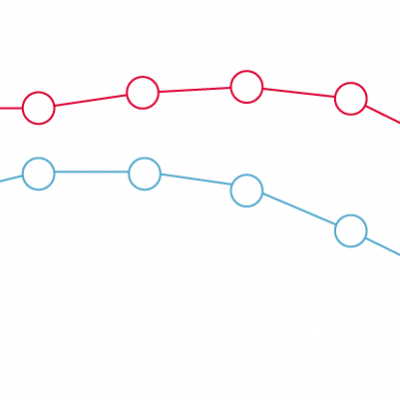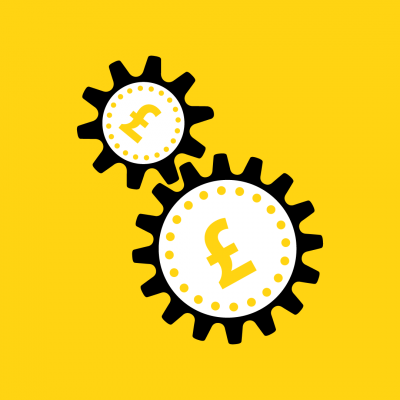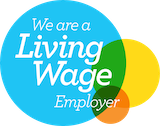Trends in unemployment and underemployment
23 June 2022

Key points
- After reaching record lows in 2019, the share of adults who are unemployed or underemployed increased in late 2020, probably as a result of the COVID-19 pandemic, before falling again throughout 2021.
- The share of adults who are unemployed and underemployed is lower than the period following the 2008 financial crisis.
- In the fourth quarter of 2021, 4.1% of adults older than 16 years were unemployed and 6.7% were underemployed.
This chart shows the proportion of economically active UK adults older than 16 years who have reported that they are either unemployed (currently without a job but actively seeking work) or underemployed (in work but looking for additional hours, an extra job or a job with more hours).
Work has a multidimensional relationship with health. It affects health directly and indirectly, and can have both positive (income and work-related benefits, and social networks) and negative effects (the impact of low-quality work on someone’s wellbeing).
Unemployment
- Before lockdown, the UK had a strong employment performance, with unemployment at a record low, reaching 3.8% in quarter four (Q4) of 2019.
- With the UK lockdown starting at the end of March 2020, unemployment rose. Peak unemployment stood at 5.2% in Q4 2020.
- Unemployment is likely to have been higher if the government had not introduced the job retention scheme, in which it paid a proportion of employees’ wages during the pandemic restrictions.
- Unemployment fell steadily throughout 2021, reaching 4.1% in Q4 2021 as restrictions were loosened.
Underemployment
- 6.7% of the economically active population were underemployed in 2021.
- Underemployment is still higher than it was before the 2008 recession. The number of underemployed people is twice as high as the number of unemployed people. However, the proportion of people who were underemployed declined from 9.8% in Q1 2013 to 7.1% in Q2 2018.
- The proportion rose to a high of 8.4% in Q4 2020, then decreased sharply in 2021, reaching its lowest point (6.7%) since the 2008 recession at the end of the year.
Unemployment has returned to pre-pandemic levels. However, it will be important that policymakers consider the health implications of low pay, working hours and shifts from employment straight into economic inactivity at a time when inflation is starting to impact on household budgets.
Unemployment is defined as people actively seeking and being available for work. The unemployment rate is the unemployed population as a share of the economically active population. The underemployment rate is the underemployed population as a share of the economically active population.
The underemployment measure captures the number of people:
- looking for an additional job
- looking for a new job with longer hours to replace their current job
- wanting to work longer hours in their current job and at their basic rate of pay.
To be included in this measure, people also need to meet the following two criteria.
- They were available to start working longer hours within two weeks.
- They were working 40 hours or less per week (for people younger than 18 years) or 48 hours or less per week (for people aged 18 years and older), but wanted to work more hours.
This analysis uses the Labour Force Survey and the International Labour Organisation (ILO) definition of unemployment. It does not use the claimant count, which gives an administrative count of people receiving unemployment benefit.
Source: Office for National Statistics, Labour market statistics







